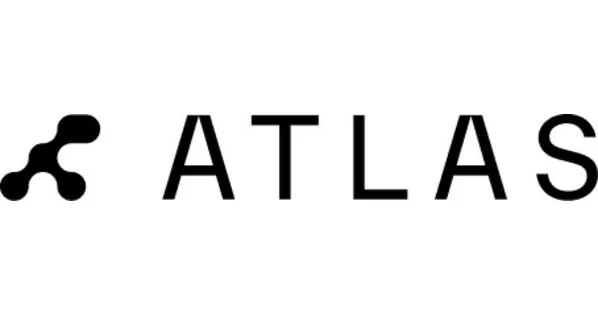
Scientists Track a Single Electron in Real Time During a Chemical Reaction!
2025-08-20
Author: Jia
A Groundbreaking Discovery: Following an Electron's Journey
For years, scientists have faced the daunting challenge of tracking the motion of a single electron during chemical reactions. Isolating a single electron from the swarm of electrons in an atom has proven difficult, especially given the rapid timescales of these reactions. But a dedicated team at SLAC National Accelerator Laboratory has made a significant breakthrough.
Innovative Methods: A Blend of Theory and Cutting-Edge Technology
Under the guidance of Ian Gabalski, a PhD student at Stanford University, along with Professor Philip Bucksbaum and Nanna List from KTH Royal Institute of Technology, researchers used time-resolved X-ray scattering at the LCLS X-ray laser. This advanced imaging technique allows them to observe electron distributions with remarkable precision—capturing events that unfold in mere femtoseconds!
A Closer Look at the Tiny Details
To study electron motion, the team created an environment rich in high-density ammonia and excited it with ultraviolet light. As X-rays interacted with the electrons, data was gathered, revealing the dynamic movement of valence electrons. Gabalski noted, "The whole thing happens in just 500 femtoseconds!" This rapid observation was critical for understanding how electrons influence molecular structure.
Unveiling Electron Dynamics in Ammonia
Ammonia, consisting of one nitrogen and three hydrogen atoms, provided a unique opportunity. In smaller molecules, valence electrons outnumber core electrons, enhancing the ability to track their motion. Researchers successfully visualized changes as ammonia transitioned from a pyramid structure to a planar one, ultimately fracturing one hydrogen from the molecule.
A New Era of Chemical Insight
The ability to observe valence electron rearrangement directly marks a pioneering achievement in chemistry. "Usually, we infer electron movements, but this time we actually witnessed the process," List explained, highlighting the powerful synergy between theory and empirical data. Understanding these electron dynamics can illuminate reaction pathways, offering insights into pharmaceutical development and material synthesis.
Future Prospects: Enhancements Ahead!
With further upgrades to LCLS, the team is eager to refine their techniques and capture even more detailed images. List remarked, "Seeing valence electron signals amidst core electrons opens up numerous possibilities for our understanding of chemical reactions." This discovery is just the beginning, and the potential applications could revolutionize how we approach chemistry.
Collaborative Effort: A Team of Experts
Many other talented scientists contributed to this project, including Mike Glownia and Thomas Wolf from LCLS, who were instrumental in proposing the experiment. The collaborative effort spanned multiple institutions, including the European XFEL, University of Edinburgh, and University of California, Davis.
About SLAC: Pioneering Scientific Research
SLAC National Accelerator Laboratory stands at the forefront of ultrafast science, exploring the universe at the most extreme scales. With a legacy of over 60 years in groundbreaking research, SLAC is committed to advancing fields like quantum technology and chemical processes, paving the way for a more sustainable and innovative future.


 Brasil (PT)
Brasil (PT)
 Canada (EN)
Canada (EN)
 Chile (ES)
Chile (ES)
 Česko (CS)
Česko (CS)
 대한민국 (KO)
대한민국 (KO)
 España (ES)
España (ES)
 France (FR)
France (FR)
 Hong Kong (EN)
Hong Kong (EN)
 Italia (IT)
Italia (IT)
 日本 (JA)
日本 (JA)
 Magyarország (HU)
Magyarország (HU)
 Norge (NO)
Norge (NO)
 Polska (PL)
Polska (PL)
 Schweiz (DE)
Schweiz (DE)
 Singapore (EN)
Singapore (EN)
 Sverige (SV)
Sverige (SV)
 Suomi (FI)
Suomi (FI)
 Türkiye (TR)
Türkiye (TR)
 الإمارات العربية المتحدة (AR)
الإمارات العربية المتحدة (AR)